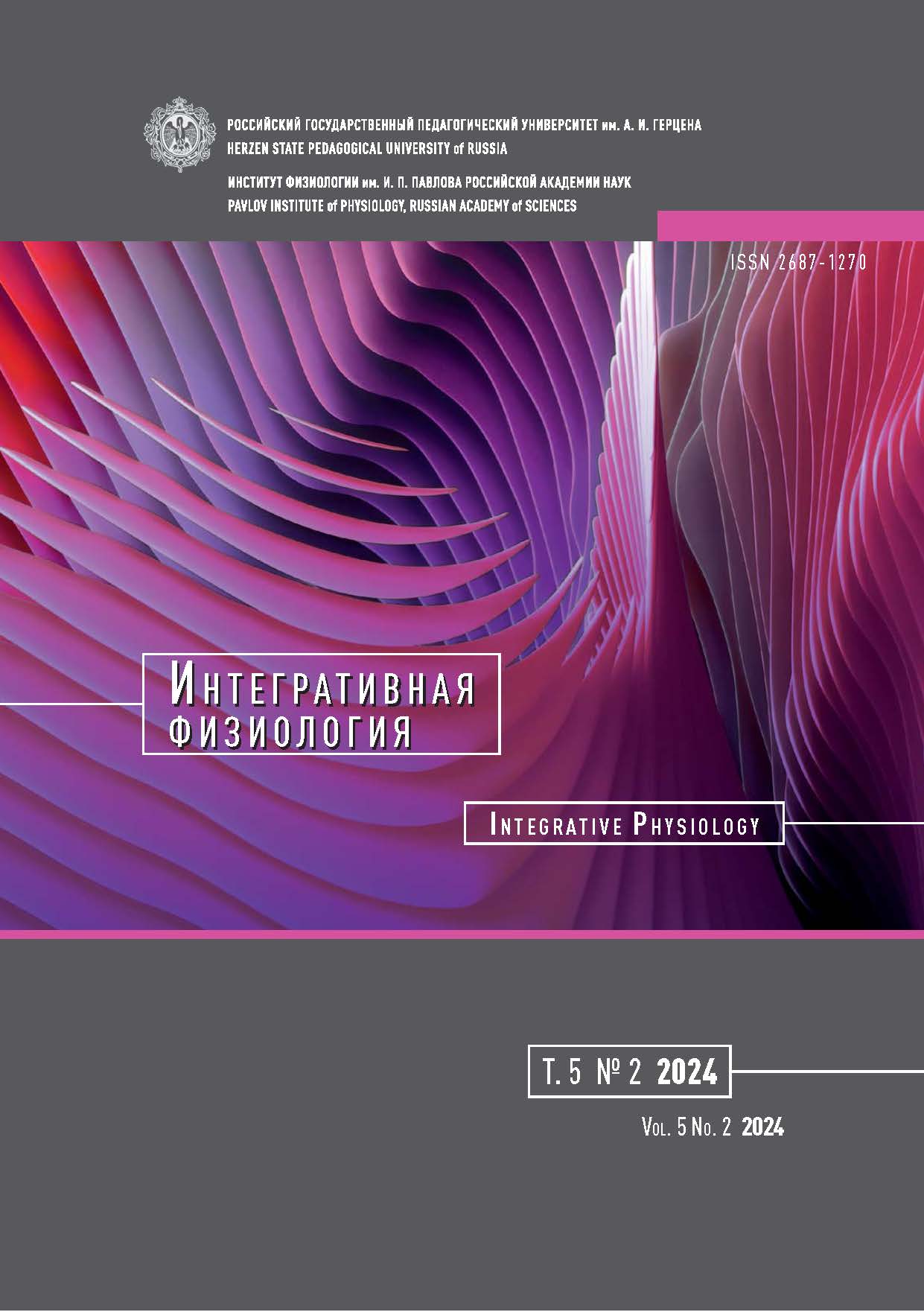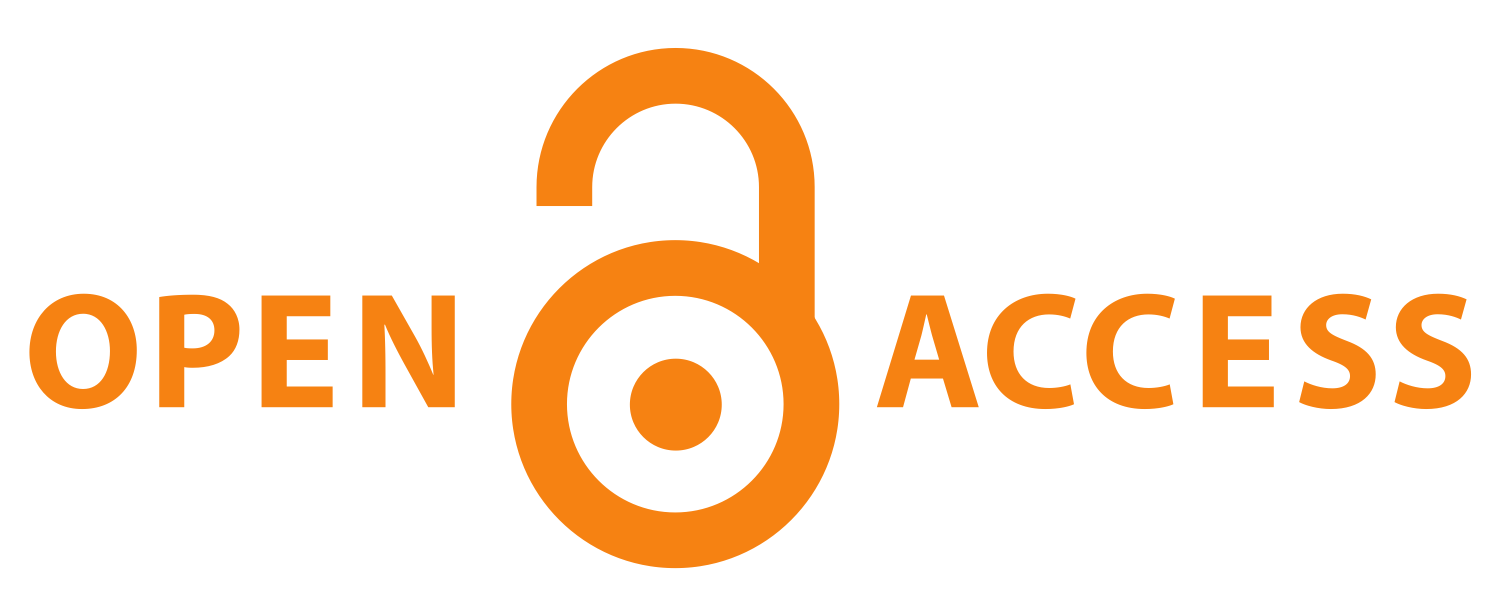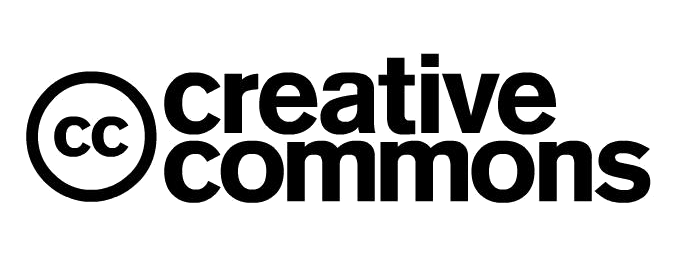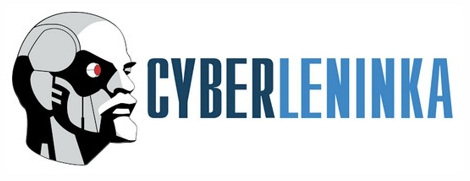Physiological rationale for the use of Cytoflavin in correcting metabolic acidosis in neonatal intensive care
DOI:
https://doi.org/10.33910/2687-1270-2024-5-2-167-176Keywords:
newborns, metabolism, metabolic acidosis, sodium bicarbonate, CytoflavinAbstract
Early postnatal ontogenesis is a critical period in a child’s life, during which physiological processes facilitate the newborn’s adaptation to the external environment. The acid-base equilibrium system plays a special role in regulating metabolism at the cellular, tissue, and systemic levels. In experimental in vitro and in vivo models, key findings have substantiated the physiological basis for using Cytoflavin — a drug that enhances brain metabolism — for correcting metabolic acidosis during neonatal intensive care and resuscitation. While the cerebroprotective effects of Cytoflavin have been documented in clinical settings, additional data indicate its anti-inflammatory properties. The conducted studies have shown that in the first 1–2 days of life, the effectiveness of long-term use of Cytoflavin solution for correcting metabolic acidosis is comparable to that of sodium bicarbonate. However, Cytoflavin’s cytoprotective properties and the absence of the adverse effects associated with prolonged sodium bicarbonate therapy render it a more physiologically appropriate choice. These findings support the use of Cytoflavin for correcting metabolic acidosis in both preterm and full-term infants from the first day of life.
References
ЛИТЕРАТУРА
Бульон, В. В., Хныченко, Л. К., Сапронов, Н. С. и др. (2000) Коррекция последствий постишемического реперфузионного повреждения головного мозга цитофлавином. Бюллетень экспериментальной биологии и медицины, т. 129, № 2, с. 149–151.
Виноградова, И. В., Белова, А. Н., Краснов, М. В. и др. (2016) Опыт применения цитофлавина у глубоконедоношенных детей. Российский вестник перинатологии и педиатрии, т. 61, № 2, с. 100–104.
Володин, Н. Н. (ред.). (2007) Неонатология. Национальное руководство. М.: ГЭОТАР-Медиа, 848 с.
Володин, Н. Н., Дегтярев, Д. Н., Крючко, Д. С. (ред.). (2020) Неонатология. Клинические рекомендации. М.: ГЭОТАР-Медиа, 320 с.
Володин, Н. Н., Рогаткин, С. О., Медведев, М. И. (2001) Актуальные проблемы перинатальной неврологии на современном этапе. Журнал неврологии и психиатрии имени С. С. Корсакова, т. 101, № 7, с. 4–9.
Дерюгина, А. В., Полозова, А. В., Иващенко, М. Н. и др. (2021) Состояния эритроцитов в посттравматический период черепно-мозговой травмы у крыс при действии цитофлавина. Оценка методом лазерной интерференционной микроскопии. Цитология, т. 63, № 3, с. 300–306. https://doi.org/10.31857/S0041377121030020
Дерюгина, А. В., Шумилова, А. В. (2017) Влияние цитофлавина на окислительный стресс и активность Na/K-АТФазы эритроцитов после черепно-мозговой травмы. Журнал неврологии и психиатрии имени С. С. Корсакова, т. 117, № 11, с. 51–55. https://doi.org/10.17116/jnevro201711711151-55
Карташова, Е. А., Сарвилина, И. В. (2018). Влияние цитофлавина на молекулярные механизмы ремоделирования миокарда и сосудистой стенки у пациентов с систолической артериальной гипертензией. Кардиология и сердечно-сосудистая хирургия, т. 11, № 5, с. 40–46. https://doi.org/10.17116/kardio20181105140
Кирьяков, К. С., Хатагова, Р. Б., Тризна, Е. В. и др. (2018) Коррекция кислотно-основного состояния при гипоксически-ишемическом поражении головного мозга у новорожденных. Российский вестник перинатологии и педиатрии, т. 63, № 1, с. 40–45. https://doi.org/10.21508/1027-4065-2018-63-1-40-45
Лопатин, А. И., Андреев, В. В., Пасатецкая, Н. А. и др. (2023a) Анализ влияния интенсивной терапии недоношенных на развитие ретинопатии новорожденных. Медицинский алфавит, № 26, с. 35–40. https://doi.org/10.33667/2078-5631-2023-26-35-40
Лопатин, А. И., Пасатецкая, Н. А., Лопатина, Е. В., Андреев, В. В. (2023b) Применение цитофлавина для коррекции метаболических нарушений у новорожденных в критических состояниях. Современные проблемы науки и образования, № 5. https://doi.org/10.17513/spno.32980
Ромащенко, О. В. (2021) Возможность персонализированного использования цитофлавина в качестве цитопротектора при ишемической болезни сердца. Экспериментальная и клиническая фармакология, т. 84, № 10, с. 19–24. https://doi.org/10.30906/0869-2092-2021-84-10-19-24
Шумилова, А. В., Дерюгина, А. В., Гордлеева, С. Ю., Бояринов, Г. А. (2018a) Действие цитофлавина на электрокинетические и агрегационные показатели эритроцитов в пост травматический период черепно-мозговой травмы в эксперименте. Экспериментальная и клиническая фармакология, т. 81, № 3, с. 20–23. https://doi.org/10.30906/0869-2092-2018-81-3-20-23
Шумилова, А. В., Дерюгина, А. В., Никольский, В. О. и др. (2018b) Влияние цитофлавина на гемостаз после моделирования черепно-мозговой травмы. Экспериментальная и клиническая фармакология, т. 81, № 12, с. 15–19. https://doi.org/10.30906/0869-2092-2018-81-12-15-19
Юденкова, О. А., Жуков, В. А. (2006) Применение цитофлавина в первые часы острой цереброваскулярной ишемии. Врач, № 5, с. 67–70.
Büyükkaragöz, B., Bakkaloğlu, S. A. (2023) Serum osmolality and hyperosmolar states. Pediatric Nephrology, vol. 38, no. 4, pp. 1013–1025. http://dx.doi.org/10.1007/s00467-022-05668-1
Polozova, A. V., Boyarinov, G. A., Nikolsky, V. O. et al. (2021) The functional indexes of RBCs and microcirculation in the traumatic brain injury with the action of 2-ethil-6-methil-3-hydroxypiridin succinate. BMC Neuroscience, vol. 22, no. 1, article 57. https://doi.org/10.1186/s12868-021-00657-w
Volpe, J. J. (2008) Neurology of the newborn. 5th ed. Philadelphia: Elsevier Publ., 1120 p.
REFERENCES
Bul’on, V. V., Khnychenko, L. S., Sapronov, N. S. et al. (2000) Korrektsiya posledstvij postishemicheskogo reperfuzionnogo povrezhdeniya golovnogo mozga tsitoflavinom [Correction of consequences of postischemic reperfusion brain damages with cytoflavin]. Byulleten’ eksperimental’noj biologii i meditsiny — Bulletin of Experimental Biology and Medicine, vol. 129, no. 2, pp. 149–151. (In Russian)
Büyükkaragöz, B., Bakkaloğlu, S. A. (2023) Serum osmolality and hyperosmolar states. Pediatric Nephrology, vol. 38, no. 4, pp. 1013–1025. http://dx.doi.org/10.1007/s00467-022-05668-1 (In English)
Deryugina, A. V., Polozova, A. V., Ivashchenko, M. N. et al. (2021) Sostoyaniya ekhritrotsitov v posttravmaticheskij period cherepno-mozgovoj travmy u krys pri dejstvii tsitoflavina. Otsenka metodom lazernoj interferentsionnoj mikroskopii [Erythrocyte condition in the post-traumatic period of craniocerebral trauma under the action of cytoflavin. Assessment by laser interference microscopy]. Tsitologiya — Cytology, vol. 63, no. 3, pp. 300–306. https://doi.org/10.31857/S0041377121030020 (In Russian)
Deryugina, A. V, Shumilova, A. V. (2017) Vliyanie tsitoflavina na okislitel’nyj stress i aktivnost’ Na/K-ATFazy eritrocitov posle cherepno-mozgovoj travmy [An influence of cytoflavin on oxidative stress and activity of Na/K-ATPase of erythrocytes after brain trauma]. Zhurnal nevrologii i psikhiatrii imeni S. S. Korsakova — S. S. Korsakov Journal of Neurology and Psychiatry, vol. 117, no. 11, pp. 51–55. https://doi.org/10.17116/jnevro201711711151-55 (In Russian)
Kartashova, E. A., Sarvilina, I. V. (2018) Vliyanie tsitoflavina na molekulyarnye mekhanizmy remodelirovaniya miokarda i sosudistoj stenki u patsientov s sistolicheskoj arterial’noj gipertenziej [The influence of cytoflavin on molecular mechanisms of myocardial and vascular wall remodeling in patients with sistolic arterial hypertension]. Kardiologiya i serdechno-sosudistaya khirurgiya — The Russian Journal of Cardiology and Cardiovascular Surgery, vol. 11, no. 5, pp. 40–46. https://doi.org/10.17116/kardio20181105140 (In Russian)
Kiriakov, K. S., Khatagova, R. B., Trizna, E. V. et al. (2018) Korrektsiya kislotno-osnovnogo sostoyaniya pri gipoksicheski-ishemicheskom porazhenii golovnogo mozga u novorozhdennykh [Correction of the acid-base balance in the presence of the hypoxic-ischemic brain damage in newborns]. Rossijskij vestnik perinatologii i pediatrii — Russian Bulletin of Perinatology and Pediatrics, vol. 63, no. 1, pp. 40–45. https://doi.org/10.21508/1027-4065-2018-63-1-40-45 (In Russian)
Lopatin, A. I., Andreev, V. V., Pasatetskaya, N. A. et al. (2023a) Analiz vliyaniya intensivnoj terapii nedonoshennykh na razvitie retinopatii novorozhdennykh [Analysis of the effect of intensive therapy of premature infants on the development of neonatal retinopathy]. Meditsinskij alfavit — Medical alphabet, no. 26, pp. 35–40. https://doi. org/10.33667/2078-5631-2023-26-35-40 (In Russian)
Lopatin, A. I., Pasatetskaya, N. A., Lopatina, E. V., Andreev, V. V. (2023b) Primenenie tsitoflavina dlya korrektsii metabolicheskikh narushenij u novorozhdennykh v kriticheskikh sostoyaniyakh [The use of cytoflavin for the correction of metabolic disorders in newborns in critical conditions]. Sovremennye problemy nauki i obrazovaniya — Modern Problems of Science and Education, no. 5. https://doi.org/10.17513/spno.32980 (In Russian)
Polozova, A. V., Boyarinov, G. A., Nikolsky, V. O. et al. (2021) The functional indexes of RBCs and microcirculation in the traumatic brain injury with the action of 2-ethil-6-methil-3-hydroxypiridin succinate. BMC Neuroscience, vol. 22, no. 1, article 57. https://doi.org/10.1186/s12868-021-00657-w (In English)
Romashcenko, O. V. (2021) Vozmozhnost’ personalizirovannogo ispol’zovaniya tsitoflavina v kachestve tsitoprotektora pri ishemicheskoj bolezni serdtsa [Possibility of personalized use of cytoflavin as cytoprotective agent in coronary heart disease]. Eksperimental’naya i klinicheskaya farmakologiya — Experimental and Clinical Pharmacology, vol. 84, no. 10, pp. 19–24. https://doi.org/10.30906/0869-2092-2021-84-10-19-24 (In Russian)
Shumilova, A. V., Deryugina, A. V., Gordleeva, S. Yu., Boyarinov, G. A. (2018a) Dejstvie tsitoflavina na ehlektrokineticheskie i agregatsionnye pokazateli ekhritrotsitov v posttravmaticheskij period cherepno-mozgovoj travmy v ehksperimente [Cytoflavin action on electro-kinetic and aggregation indices of erythrocytes in the post-traumatic period of cerebrocranial injury in experiment] Eksperimental’naya i klinicheskaya farmakologiya — Journal of Experimental and Clinical Pharmacology, vol. 81, no. 3, pp. 20–23. https://doi.org/10.30906/0869-2092-2018-81-3-20-23 (In Russian)
Shumilova, A. V., Deryugina, A. V., Nikol’skii, V. O. et al. (2018b) Vliyanie tsitofravina na gemostaz posle modelirovaniya cherepno-mozgovoj travmy [The effect of cytoflavin on hemostasis during experimental cerebrocranial injury]. Eksperimental’naya i klinicheskaya farmakologiya — Journal of Experimental and Clinical Pharmacology, vol. 81, no. 12, pp. 15–19. https://doi.org/10.30906/0869-2092-2018-81-12-15-19 (In Russian)
Vinogradova, I. V., Belova, A. N., Krasnov, M. V. et al. (2016) Opyt primeneniya tsitoflavina u glubokonedonoshennykh detej [Experience with cytoflavin used in extremely premature infants]. Rossijskij vestnik perinatologii i pediatrii — Russian Bulletin of Perinatology and Pediatrics, vol. 61, no. 2, pp. 100–104. (In Russian)
Volodin, N. N. (ed.). (2007) Neonatologiya. Natsional’noe rukovodstvo [Neonatology. National leadership]. Moscow: GEOTAR-Media Publ., 848 p. (In Russian).
Volodin, N. N., Degtyarev, D. N., Kryuchko, D. S. (eds.). (2020) Neonatologiya. Klinicheskiye rekomendatsii [Neonatology. Clinical guidelines]. Moscow: GEOTAR-Media Publ., 320 p. (In Russian).
Volodin, N. N., Rogatkin, S. O., Medvedev, M. I. (2001) Aktual’nye problemy perinatal’noj nevrologii na sovremennom etape [Actual problems of perinatal neurology at the present stage]. Zhurnal Nevrologii i Psikhiatrii imeni S. S. Korsakova — S. S. Korsakov Journal of Neurology and Psychiatry, vol. 101, no. 7, pp. 4–9. (In Russian)
Volpe, J. J. (2008) Neurology of the newborn. 5th ed. Philadelphia: Elsevier Publ., 1120 p. (In English)
Yudenkova, O. A., Zhukov, V. A. (2006) Primenenie tsitovlavina v pervye chasy ostroj tserebrovaskulyarnoj ishemii [Cytoflavin use in the first hours of acute cerebrovascular ischemia]. Vrach, no. 5, pp. 67–70. (In Russian)
Downloads
Published
Issue
Section
License
Copyright (c) 2025 Alexey I. Lopatin

This work is licensed under a Creative Commons Attribution-NonCommercial 4.0 International License.
The work is provided under the terms of the Public Offer and of Creative Commons public license Creative Commons Attribution 4.0 International (CC BY 4.0).
This license permits an unlimited number of users to copy and redistribute the material in any medium or format, and to remix, transform, and build upon the material for any purpose, including commercial use.
This license retains copyright for the authors but allows others to freely distribute, use, and adapt the work, on the mandatory condition that appropriate credit is given. Users must provide a correct link to the original publication in our journal, cite the authors' names, and indicate if any changes were made.
Copyright remains with the authors. The CC BY 4.0 license does not transfer rights to third parties but rather grants users prior permission for use, provided the attribution condition is met. Any use of the work will be governed by the terms of this license.







